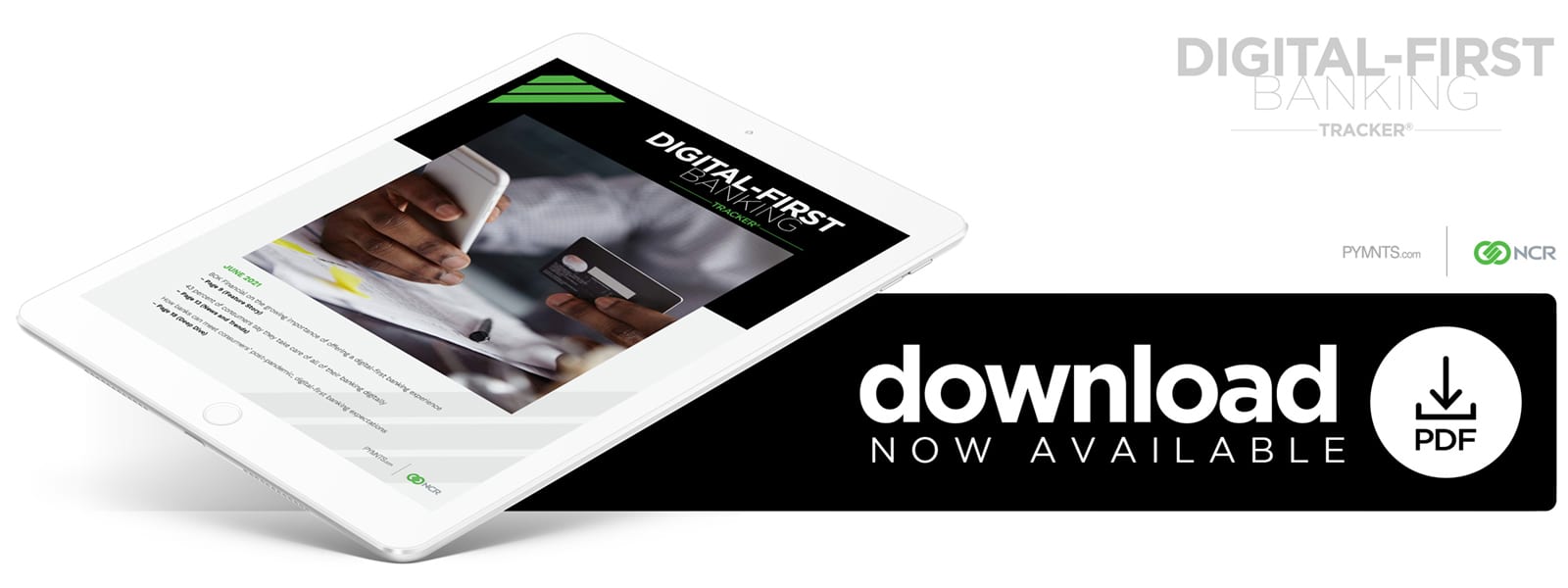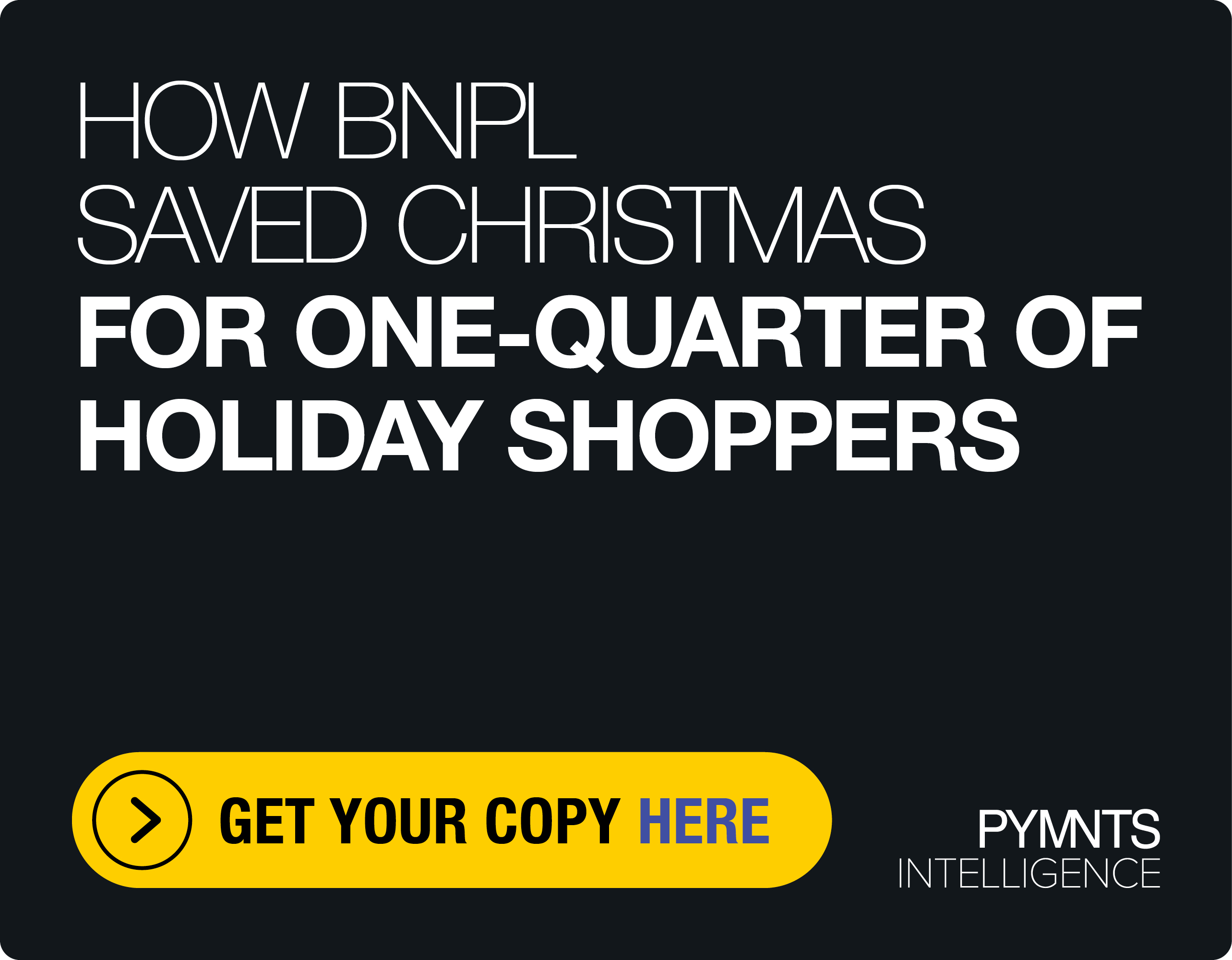Report: Interactive Teller Machines: Banking’s Next Big Thing?
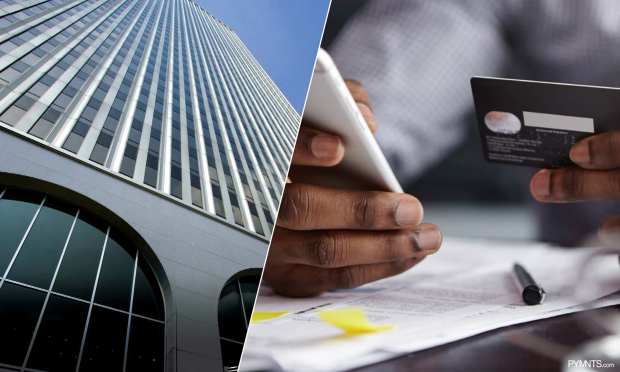
There has been a seismic swing in how the world banks. The question now is what the future of banking will look like.
While some customers were comfortable using online or mobile banking channels before the pandemic, others reluctantly joined the digital shift as branches closed and hours were reduced. The share of consumers who opted to interact with their bank digitally at least once a week has reached 50 percent, up one-third from 2019. Another survey revealed 55 percent of respondents who once preferred in-person banking prior to the pandemic are now more receptive to going digital. That shift is expected to have long-term impacts.
If banks are to meet consumer expectations in the digital-first world, they must improve these innovations, user experiences and build trust in digital services by increasing privacy and security. In the June Digital-First Banking Tracker®, PYMNTS examines how the digital-first banking landscape has evolved and what lies ahead.
Around the Digital-First Banking Landscape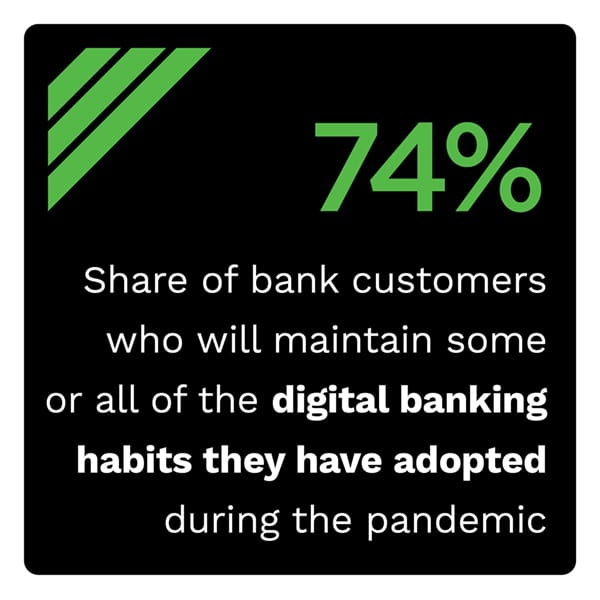
The digital banking shift that has taken place over the past 15 months will have long-lasting effects on consumers’ habits, according to a survey. The research revealed 43 percent of consumers are now conducting all of their bank business digitally. The report also highlighted these digital behaviors’ staying power, noting that 84 percent of consumers would maintain their current levels of digital banking use as financial institutions’ (FIs’) operations normalized.
A report found the use of self-service content on mobile banking apps has increased by 82 percent year over year through March, and chatbot use on bank websites and apps has soared by 272 percent. The survey, which polled more than 400 FIs, also revealed a 79 percent increase in prescheduled appointments across branches.
The pandemic has fueled the use of video chat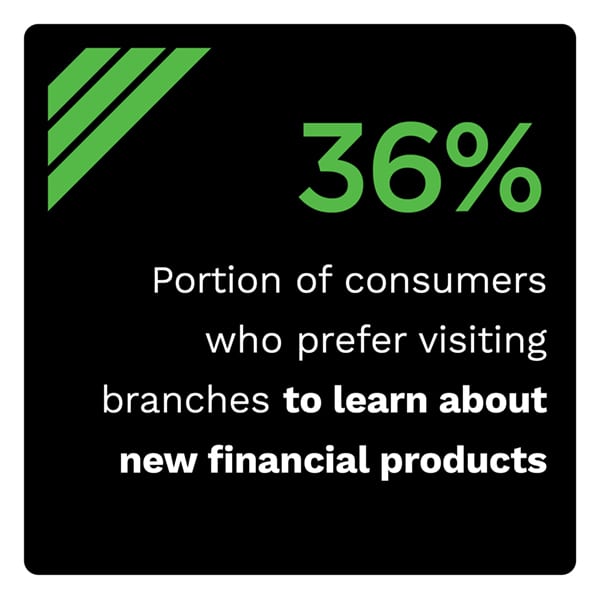 services, a study revealed. A survey of 500 consumers about their video communication preferences found that nearly 65 percent of respondents have used video to communicate. More than 40 percent of those polled said they used video at least a few times a month, and about 16 percent said they used video to speak daily. More than half said they used video chat to connect with friends and family, 45 percent accessed video for work and 24 percent for telehealth services.
services, a study revealed. A survey of 500 consumers about their video communication preferences found that nearly 65 percent of respondents have used video to communicate. More than 40 percent of those polled said they used video at least a few times a month, and about 16 percent said they used video to speak daily. More than half said they used video chat to connect with friends and family, 45 percent accessed video for work and 24 percent for telehealth services.
For more on these and other stories, check out the Trackers News & Trends section.
BOK Financial On Tapping Digital-First Tools And Solutions To Move Banking Forward
The effort to advance digital banking has been underway at FIs around the globe within the past 15 months, and consumers’ new digital habits are likely to stick. Oklahoma-based BOK Financial is one such FI that has worked to meet customers’ unceasing demands for seamless, contactless experiences, whether they are opening new accounts or logging into existing ones.
In this month’s Feature Story, Thomas Hay, chief operating officer of Consumer Banking at BOK Financial, explains how the FI is taking its digital-first approach to innovation into the future.
To get the full story, download the Tracker.
Deep Dive: How Banks Can Meet Consumers’ Post-Pandemic, Digital-First Banking Expectations
 Consumers expect a seamless banking journey when they open accounts digitally. They have told pollsters they dislike being forced to use a separate channel to complete tasks, especially when providing proof of identity during onboarding.
Consumers expect a seamless banking journey when they open accounts digitally. They have told pollsters they dislike being forced to use a separate channel to complete tasks, especially when providing proof of identity during onboarding.
This month’s Deep Dive explores how FIs are planning to meet the expectations of consumers in the digital-first world by improving digital services, user experience and privacy and security. Banks, credit unions (CUs) and online institutions must also address the needs of 44 percent of consumers who said they don’t trust digital services.
Read the full Deep Dive in the Tracker.
The Digital-First Banking Tracker®, a PYMNTS and NCR collaboration, examines the digital banking sector. The June issue highlights recent developments in the digital-first space, including how lenders are expanding digital access for customers.
